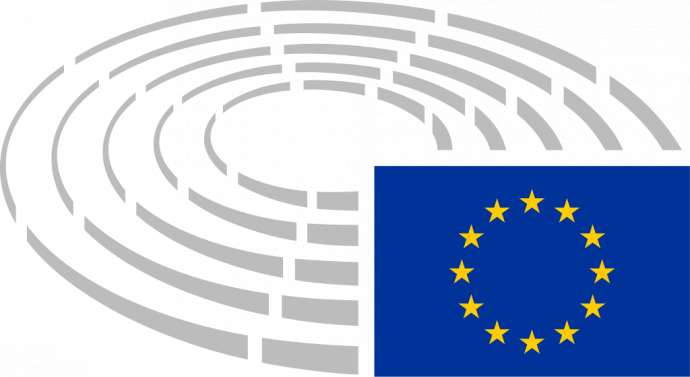STA, 15 April 2019 - Slovenian members of the European Parliament tend to vote in accordance with their Eurogroup, and have high attendance in votes in plenary meetings of the European Parliament, data from VoteWatch show.
Patricija Šulin (EPP/SDS) has attended 95% of votings in the European Parliament, ranking her first among Slovenian MEPs. Tanja Fajon (S&D/SD) ranked last, at 82%. Slovenian MEPs' attendance averages about 90%.
Other parliamentary duties may cause MEPs to be absent from votings, according to VoteWatch. This is why Antonio Tajani, the President of the European Parliament, "only" attended 38% of the votings. This, however, is not an accurate measure for their activity and achievements.
Slovenian MEPs are extremely loyal to the political opinions of their Eurogroup. On average, they agree on around 96% of issues. The only discrepancy is Ivo Vajgl (Alde/DeSUS) whose agreement measures at around 90%.
Slovenia has five MEPs in the European People's Party (EPP), and one each in the Progressive Alliance of Socialists and Democrats (S&D), the Alliance of Liberals and Democrats for Europe (ALDE), and the Greens.
Tanja Fajon is the only Slovenian to be featured on VoteWatch's list of 70 most influential MEPs, probably because of her work as the vice-president of the S&D group. According to the site, Slovenian deputies seem to be the most influential in policy matters concerning the Western Balkans.
MEPs' activities can be tracked through two main web-based tools, VoteWatch and MEPranking, each of which relies on a different set of methods. Both have come under fire in the past because of their methodology.
Some MEPs were among the critics, arguing that arbitrarily quantifying their activity was not an accurate measure for their work.
On the other hand, these tools allow citizens of the European Union to view their elected representatives' activity and compare their voting with their own stance on issues, among other things.
More data on this can be found here
All our stories on this year's EU elections, including details of how to vote, can be found here






